Merino wool is an awesome material with great properties like wicking sweat away from your body, helping regulate body temperature and not smelling terrible after 20 minutes of hiking like synthetics. Considering that it comes from a specific breed of sheep, it’s no surprise that Merino wool costs more than factory-made synthetic materials.
But why do some brands of Merino wool cost so much more than others???
Is there really a difference in quality? Or is it all just a marketing scam to get you to pay for a brand name?
Yes, brand name probably is a factor in pricing. But, if you look closely, you’ll see that there actually are significant differences between the quality of Merino wool clothing. Here, I’ll go over them by comparing three different base layer tops. Or you can watch the video. 🙂
Also read: Is Merino wool worth it?
Cheap vs. Mid-Priced vs. Expensive Merino Base Layer Tops
I have three Merino base layer tops that I will compare. Note that the tops are turned inside out in the pictures. It’s easier to see some of the differences when they are like this. Also, retailers change prices regularly. Below are the approximate prices for the tops at the time of writing.
Cheap Top: $40
Mid-Priced Top: $60
(I forgot to take a picture of this one while outside, so here’s the manufacturer’s pic :))
Expensive Top: $100
Merino Percentage
When comparing Merino wool clothes, first look at what they are made out of. A lot of them aren’t 100% Merino. There are situations when you actually want the shirt to be part synthetic (better durability, for example). But Merino is almost always going to be more expensive than a synthetic, so 100% Merino clothes simply cost more.
- Cheap Top: 53% Merino wool, 47% synthetic
- Mid-Priced Top: 100% Merino
- Expensive Top: 100% Merino
As you can see, the cheap top is almost half synthetic materials. The mid-priced and expensive tops are 100% Merino.
Weight of the Merino
The weight of Merino clothing is measured in grams per square meter (g/m2). A higher number means there are more fibers and thus the material will be thicker and (usually) warmer.
Heavy weight Merino products are going to cost more simply because they have more material in them.
- Cheap Top: Weight not listed but probably around 120g/m2
- Mid-Price Top: Weight also not listed but probably around 200g/m2
- Expensive Top: 240g/m2 in chest area and 210g/m2 in the side panels
It should be no surprise that the base layer which has the most Merino per square meter of fabric is also the most expensive.
Knit Type
Here’s where we will get somewhat technical. There are a lot of different ways that fabrics are woven together. The knit method affects how durable the material is.
- Cheap Top: Interlock knit
- Mid-Price Top: Interlock knit
- Expensive Top: Jacquard knit chest area and interlock knit side panels
What’s important to know is that interlock fabrics only have 2-way stretch. This means you can pull the fabric apart in two ways and it will return to its original form. But, if you pull it apart in the other direction, it will get stretched out and lose its form.
By contrast, jacquard knit has 4-way stretch. You can pull it side-to-side and up-down and it will return to its original state. This means you get a better fit, which is especially important for Merino clothing going over curvy areas of your body! It also means the clothing item won’t get stretched out and lose its form quickly. And that’s important since base layers need to hug your body in order to wick well.
Compared to interlock knitting, jacquard knit Merino is also more durable. You’ll notice that the cheap Merino top already has several holes in it. This is because of the weak knit and the thin material weight.
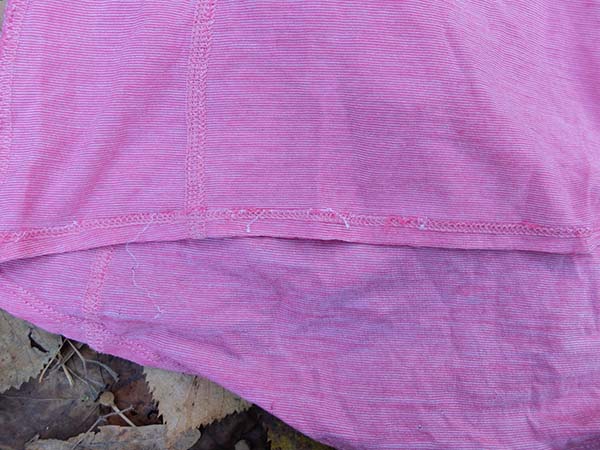
Edges fraying on the cheap Merino top
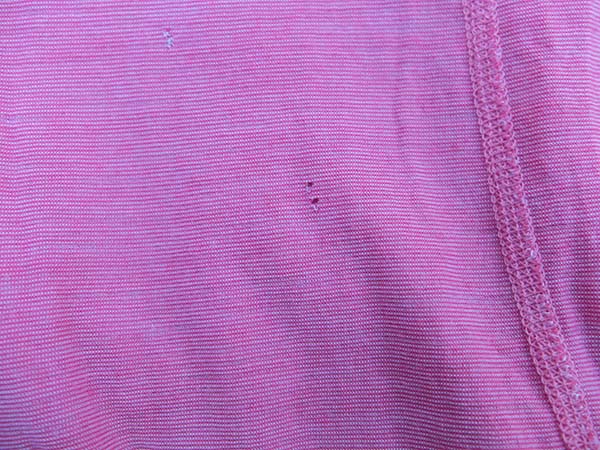
It also has holes in it already. I wouldn’t put this one through the washing machine!
Construction
Construction refers to how the Merino top was put together . As a general rule, clothing with more pieces of fabric will fit better. But sewing multiple pieces of fabric together adds to the construction cost.
In addition to the number of pieces, the shape of the fabric pieces also affects fit and durability. For example, the expensive Merino base layer has a single long panel which goes all the way up the side. This construction means you can lift your arms up without pulling on any seams or stretching the fabric out. The expensive top also has a button-down (Henley) collar so you can adjust the ventilation. This definitely adds to the production cost.
Interestingly, the cheap Merino top actually has a better sleeve construction than the mid-priced one. It’s got extra pieces of fabric to prevent the armpit area from getting stretched out. But the extra fabric pieces means more seams – which could cause some uncomfortable chaffing. The seamless design on the expensive Merino top is much better.
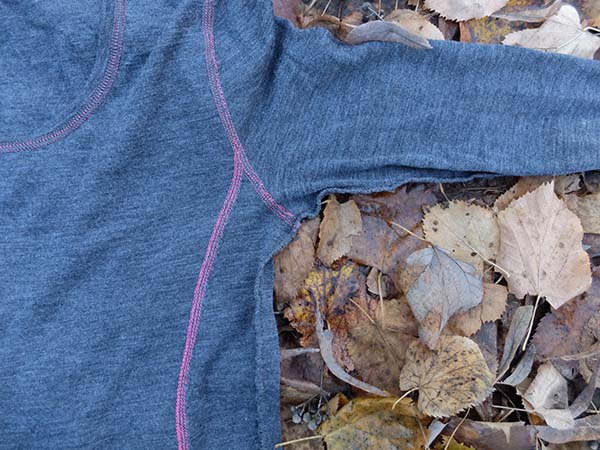
The armpit area of the mid-priced Merino top will get stretched out eventually because of how it’s consructed.
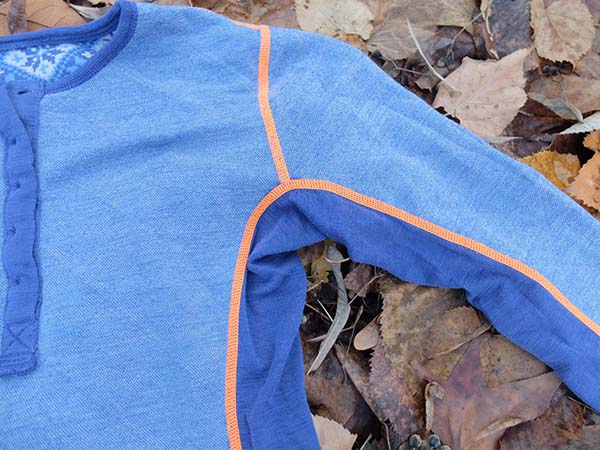
The expensive Merino top doesn’t have a seam under the armpits at all. It is also constructed in a way which prevents the armpits from getting stretched out from lifting your arms — a nice feature if you climb.
Flat Seams
Speaking of chaffing, let’s delve into flat seams. This is a method of sewing pieces of fabric together so there is no ridge or bump on the seam area. Serious hikers love this feature because it prevents painful chaffing.
- Cheap Top: Has long seam up the sides and sleeves and also in the armpit area – a nightmare for chaffing when wearing a backpack on long treks!
- Mid-Price Top: Mostly flat seams but one normal seam up the sides. It’s actually pretty soft though, so probably wouldn’t cause chaffing.
- Expensive Top: Only flat seams. And even the thread they used is insanely soft (I think it’s also Merino) – much softer than the rough synthetic thread used on the cheaper tops.
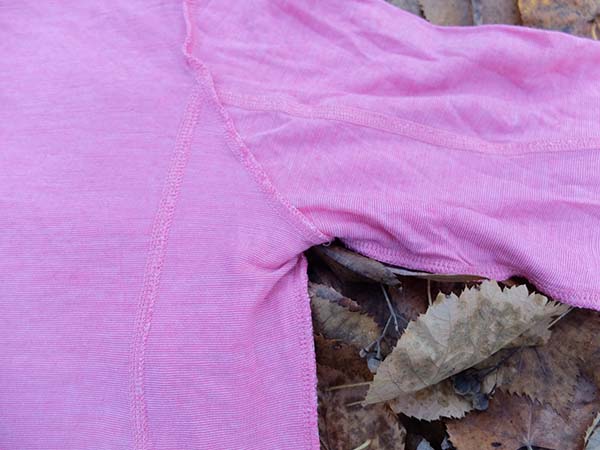
Look at all those seams under the armpit of the cheap Merino top. That could cause some serious chaffing. :/
Ethics
To increase production, a lot of wool farmers use a terrible practice called mulesing. They basically cut the skin off of the sheep’s backside. And then there are all the issues with how sheep are raised.
In addition to animal welfare, there are also other potential ethical issues with clothing. Were they made in a sweat shop? Or did workers get a fair wage and have safe working conditions? Were harmful chemicals used to make the clothes? Or were sustainable practices used?
Sadly, brands which use ethical practices are almost always going to cost more.
The brand behind the cheap Merino base layer has been involved in sweat shop scandals. But the expensive brand has loads of info about how they follow ethical practices and even certificates to prove it.
- Cheap Top: Brand involved in sweat shop scandals. They do not have a non-mulesing certificate for all products but do try to source from countries where the practice isn’t common.
- Mid-Price Top: I couldn’t find any info about the mid-priced brand. When brands are ethical, they like to brag about it – so lack of info means they probably aren’t the most ethical.
- Expensive Top: The brand has loads of info about how they follow ethical practices and even certificates to prove it.
Is It Really Worth Paying $100 for a Merino Base Layer???
If you do serious hiking, skiing or other outdoor sports and have the money to spare, it might be worth it. Good-quality Merino base layers more durable and thus often end up cheaper in the long run. Further, the quality can really improve your comfort and enjoyment of the activity.
That said, I personally would never pay $100 for a base layer top. I actually found all of these Merino tops at a secondhand store for less than $10 each! I also found some other expensive hiking clothes, like the Bergans hiking pants which cost over $300 new but I paid just $15 for. But I might have actually screwed myself over with these “jackpots.”
Here’s why:
Once you get used to good-quality base layers, it’s really hard to go back.
Armpit seams never used to bother me. But, now that I’ve got a base layer with a seamless armpit, I can feel the difference. Hopefully the expensive base layer will last me a really long time because I definitely don’t want to go back to wearing cheap base layers!
The good news? You can usually find last-season’s base layers in outlet sections for huge discounts. Check out REI Outlet for sales.


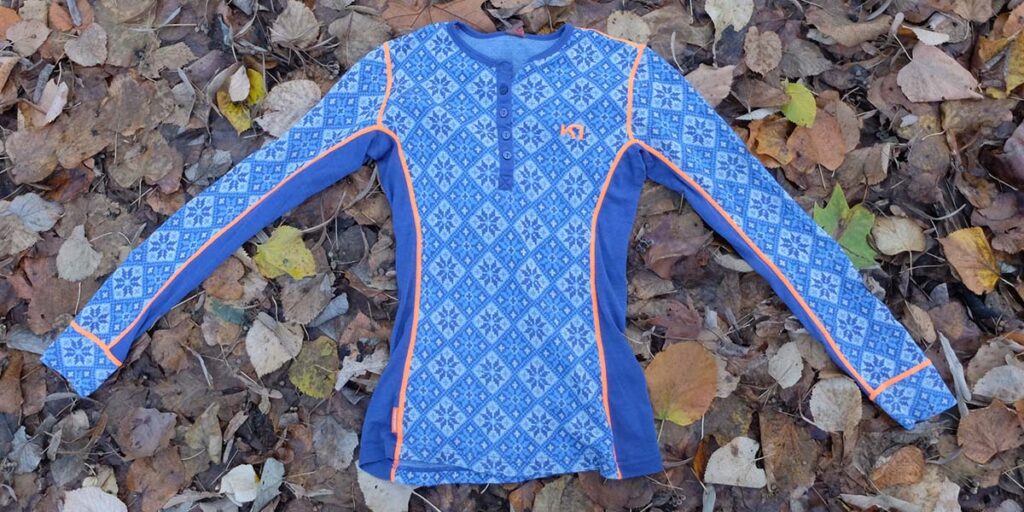
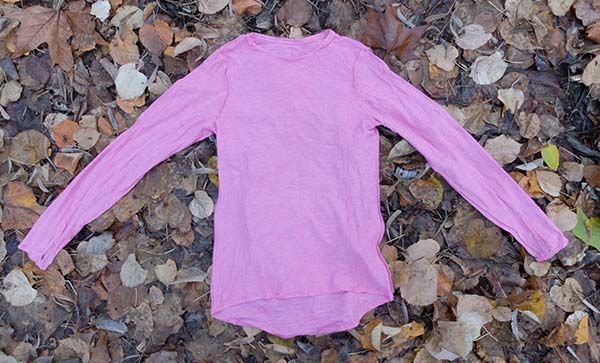
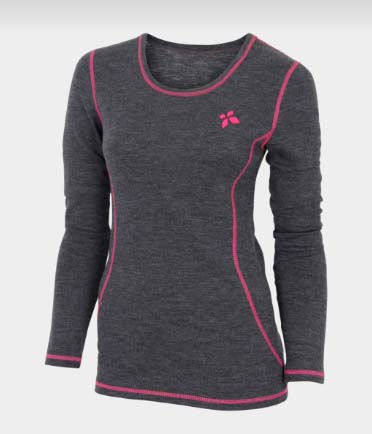
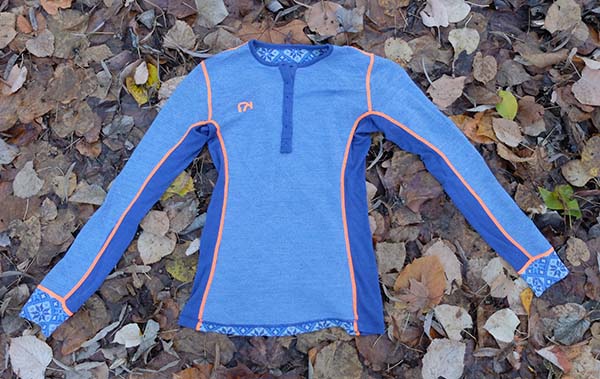

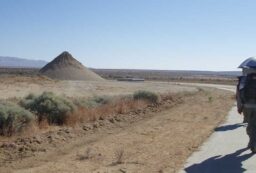
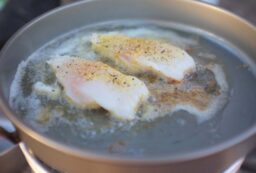







Post your comments